Can You Recognize These Badly Pruned Plants?
Earlier this week, I was stopped at an intersection when I noticed the sad plants on the corner.

I apologize for the poor-quality photo, but I only had a few seconds to take a picture with my phone through the window.
What was so sad about these plants was that they were mere shadows of themselves.
Many people would be hard pressed to recognize the over-pruned specimens above to what they look like when allowed to grow into their more natural shapes.
Here are photos of the same type of tree, taller shrub and cupcake shape shrub growing in happier circumstances…
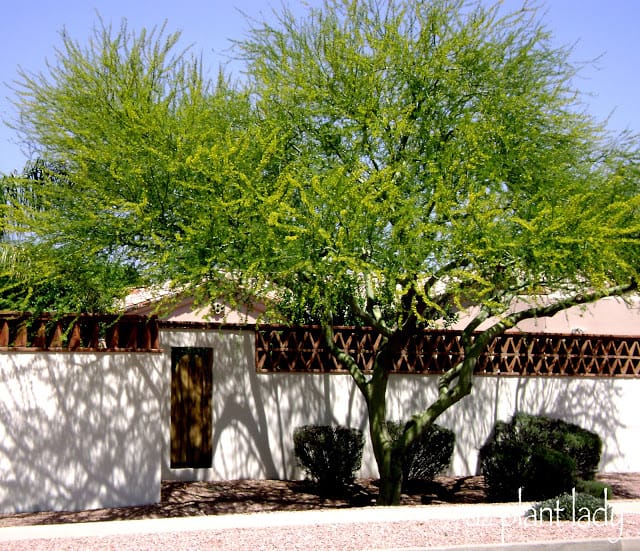
The small mushroom-topped tree is actually a Palo Brea tree (Parkinsonia praecox), which has a beautiful shape. The trunk is beautiful as it twists upward.
Unfortunately, the flowering shrubs underneath it have fallen victim to over-pruning.
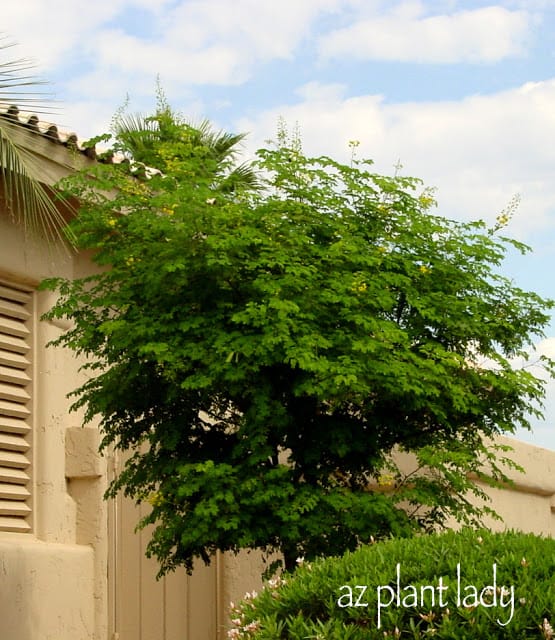
The taller shrub from the ‘sad’ plant photo is a Yellow (Mexican) Bird-of-Paradise (Caesalpinia mexicana).
It can be grown as a small tree or tall shrub.

Yellow flowers appear off and on throughout the year. However, I doubt that the over-pruned Yellow Bird-of-Paradise is ever able to produce a single flower before it is pruned off.
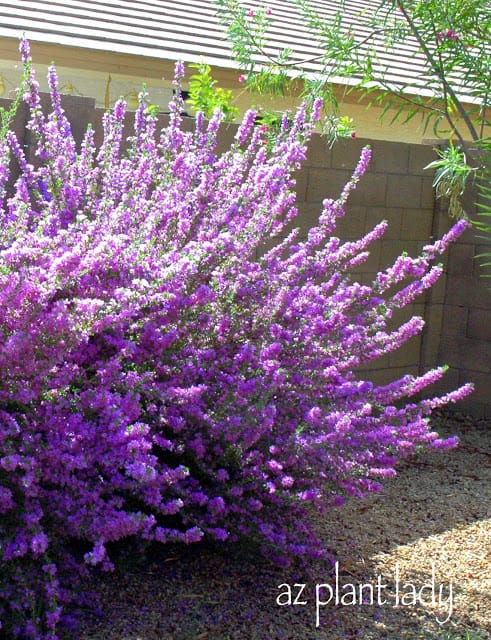
Can you believe that the cupcake-shaped shrub in the first photo is actually the same kind as this gorgeous flowering shrub?
Perhaps more then any other type of desert shrub, those that belong to the family Leucophyllum (often referred to as Texas Ranger or Sage) are pruned into balls, squares, cupcakes and even disks.
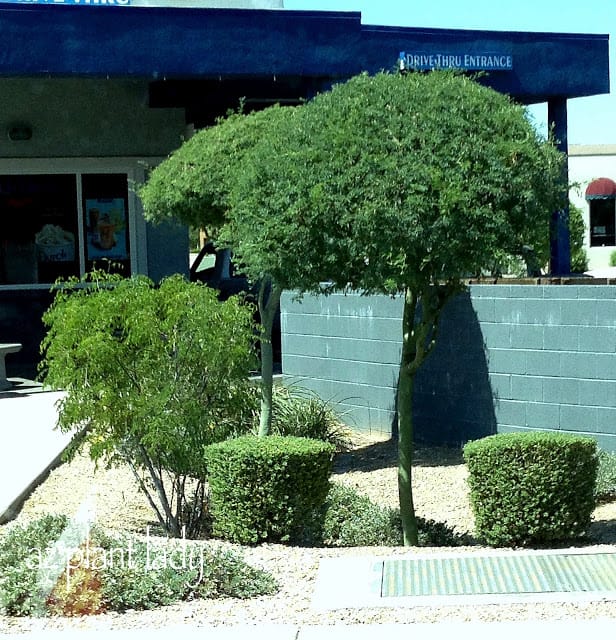
Unfortunately, due to a badly designed landscape, the lower shrubs don’t have enough room to grow. A single tree would have plenty of room to be able to grow, but not two.
A better plan would have been for there to be a single Palo Brea tree with 3 Texas Sage shrubs along the wall. The groundcover, Bush Morning Glory (Convolvulus cneorum) works okay in this area.
**You know what is interesting about this small piece of landscape and countless others? It would cost so much less if people would allow enough room for plants to grow to their full size, not to mention much more attractive.
There would be FEWER PLANTS to purchase, LESS WATER needed and far LESS MAINTENANCE required.
It makes you think about why people over-plant and over-prune, doesn’t it?
For more information on how to properly prune shrubs, check out my previous post, “The Good, The Bad and The Ugly”.
If you would like to see more badly pruned trees along with a link to how to properly prune trees, check out “Scary Pruning Practices and the Unfortunate Results.”

 Noelle Johnson, aka, 'AZ Plant Lady' is a author, horticulturist, and landscape consultant who helps people learn how to create, grow, and maintain beautiful desert gardens that thrive in a hot, dry climate. She does this through her consulting services, her online class Desert Gardening 101, and her monthly membership club, Through the Garden Gate. As she likes to tell desert-dwellers, "Gardening in the desert isn't hard, but it is different."
Noelle Johnson, aka, 'AZ Plant Lady' is a author, horticulturist, and landscape consultant who helps people learn how to create, grow, and maintain beautiful desert gardens that thrive in a hot, dry climate. She does this through her consulting services, her online class Desert Gardening 101, and her monthly membership club, Through the Garden Gate. As she likes to tell desert-dwellers, "Gardening in the desert isn't hard, but it is different."
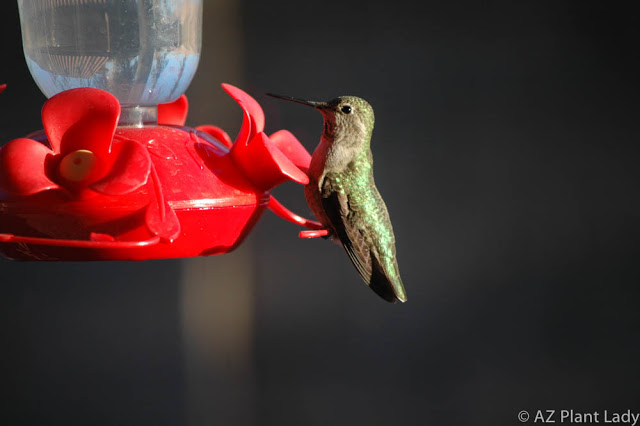
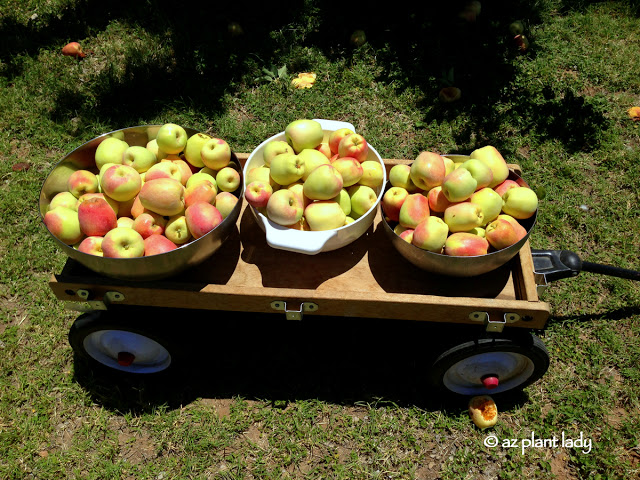
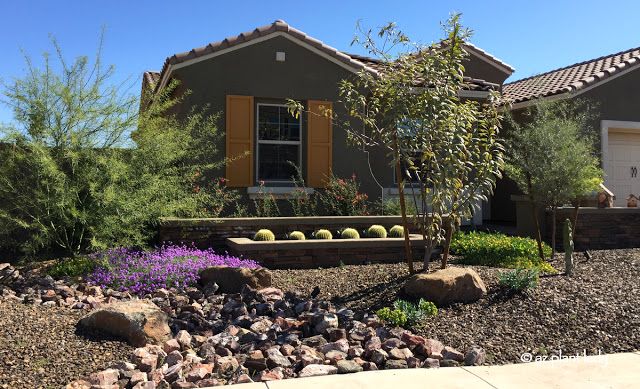
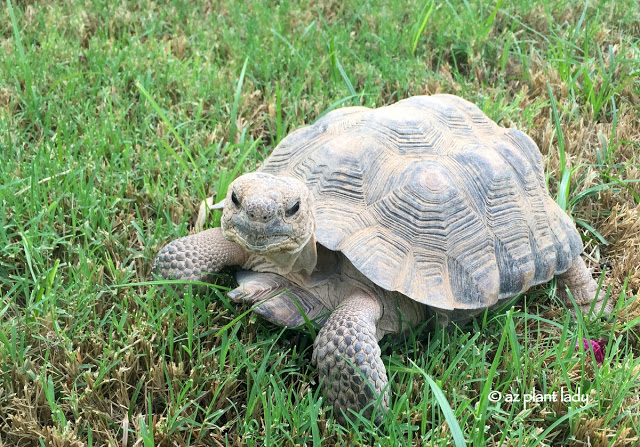
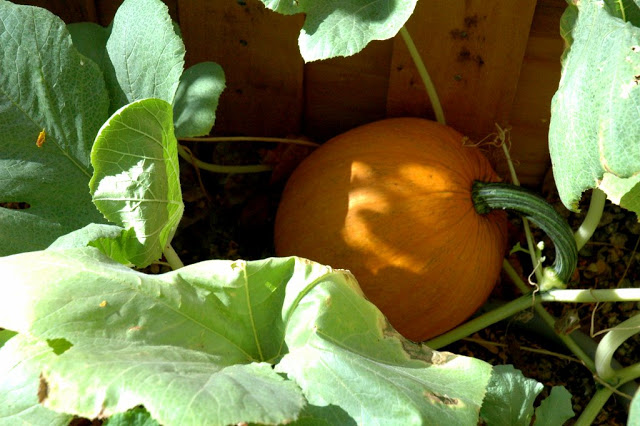
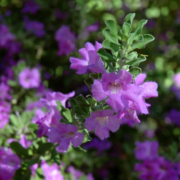







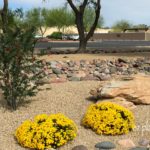
Excellent analysis!
Do any of these plants — or other of your favorite desert plants — fare well in the East or Midwest with more rain and humidity?
I'm asking because we're in the midst of a mini-drought here right now in TN and sometimes I'm tempted to use some desert plants, but I know they are often prone to root-rot, especially in our heavy clay soils.
Gaura lindheimeri seems to do pretty well here, for instance…
Great everyday (every block) example. Thanks for the economics on it…odd how it costs more to do some things wrong. I have a feeling we are all going to make an impact on such design-maintenance practices, with more and more $ figures.
Yet when I've nicely questioned the occasional fellow-LA or designer why they cram in too many plants, the answer starts with a "well, you know…", "clients…", and then it goes downhill.
"It makes you think about why people over-plant and over-prune, doesn't it?" – exactly. Can never be overstated.
I'd love to show you a picture of my palo brea. At least that's what I think it is. I live in Coachella California.Many pick the fruit of the tree and I've been very curious as to what the fruit is used for or even it's name. if you don't mind, I'd love to send you a picture. I did let it grow quite wide. I think it's beautiful but my dad hates it because of all the big thorns.
Hi I have a tree very similar to that one and I've been trying to figure out its name and origin. It has grown quite wide and covers over my house. But I'm curious as to what would ook
good next to it. Can I send you a pic. Thanks
Hi Aaron,
Believe it or not, where I live, just outside of Phoenix, we also have clay soils.
I believe the best way to create more drainage would be mixing compost with the planting soil – do you agree?
As for plants that would survive in your more humid climate – I have found that their growth habit becomes more open and sprawling when grown in Southern California where the sun is not as intense.
Maybe try a sage from the Leucophyllum species which are native to Texas or a Mexican Honeysuckle (Justicia spicigera).
I'd love to hear how they do, if you decide to try them.
Happy Gardening!
Noelle
Hi Gilbert,
I'd be happy if you would like to send me a photo. Just click the letter envelope on my sidebar, which will let you email me.
Noelle 🙂
Thanks for your suggestions, Noelle.
I looked up both kinds of plants, and they both do look interesting, but unfortunately it seems like they are only hardy to zone 8?
Here in Middle TN, we were only recently reclassified into the colder part of zone 7 (previously we were considered a warm zone 6).
I did not know that Phoenix had clay! I would have assumed sandy soil. Just goes to show once again the perils of assuming anything! 😛